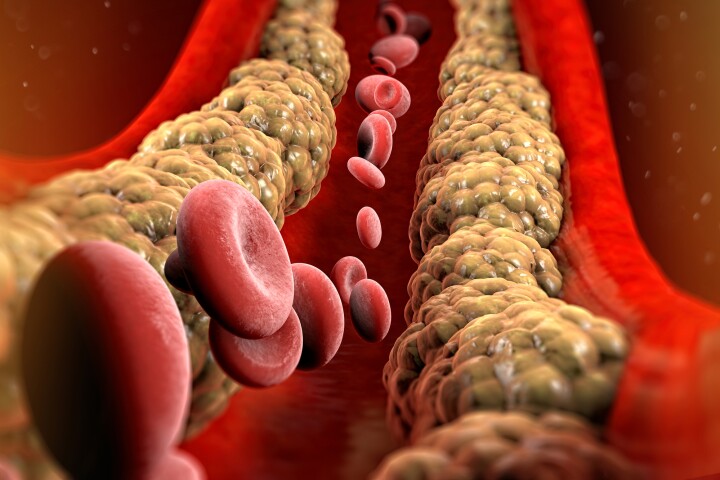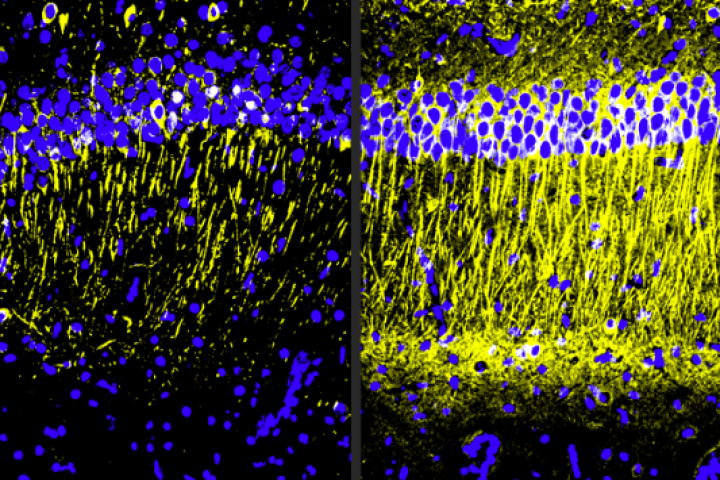 The radioactive contamination of wild boars in Germany and Austria has led to an overpopulation issue in some areas, as their meat is considered unsafe for human consumption. Depositphotos
The radioactive contamination of wild boars in Germany and Austria has led to an overpopulation issue in some areas, as their meat is considered unsafe for human consumption. Depositphotos
–
When the Chernobyl nuclear power plant accident occurred in 1986, it represented “the largest uncontrolled radioactive release into the environment ever recorded for any civilian operation,” according to the World Nuclear Association. Radioactive material spewed into the air for 10 days, finding its way into the ecosystem and the food chain. Two of the chief contaminants from the accident were radionuclides cesium-135 and cesium-137.
Even though wildlife in the 4,200-sq-km (1,621-sq mi) human exclusion zone eventually rebounded, ongoing radioactive contamination of animals with cesium still continues, although it has lessened in many animals.
Not so with the wild pigs in Germany and Austria. In what’s become known as the “wild boar paradox,” their levels of radioactivity still remain high enough to exceed regulatory limits for human consumption. To find out why this is, researchers from Leibniz University in Germany and the Vienna University of Technology worked with hunters in Southern Germany to collect wild boar meat.
Upon examining the meat with a gamma-ray detector and mass spectrometry, they were able to determine specific ratios of the two forms of cesium. These ratios revealed that, while some of the contamination did come from Chernobyl, another important source of the radioactivity was global nuclear weapons tests carried out in the 1960s. The cesium released by those tests found its way into food sources for the boar, including underground truffles, which is why their overall levels of radioactivity still have not returned to safe levels.
The study revealed that 88% of the samples they tested were still too radioactive to consume and that in some cases, the contamination from weapons testing alone was enough to make the meat unsafe. Overall, the researchers found that between 10 to 68% of the contamination came from weapons tests instead of Chernobyl. This led them to conclude that decades-old nuclear weapons testing has been an underreported source of radiocesium contamination in the pigs, and that the mix of radioactive materials from multiple sources is more persistent and dangerous than from one source alone.
“Once released, radiocesium will remain in the environment for generations and impact food safety immediately and, as shown in our study, for decades,” write the researchers in a paper published in the journal, Environmental Science & Technology.
“Any additional releases will cause further accumulation and mixing with older sources, making it necessary to understand the underlying mechanisms of the biogeochemical cycling of radiocesium. For example, the impact of soil properties on mixing of different radiocesium sources has not yet been understood sufficiently. Consequently, more efforts are still needed to better understand the sources, inventories, environmental fates, and ecological risks of radiocesium,” they conclude.
Source: American Chemical Society
























